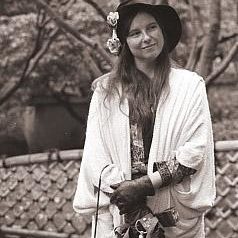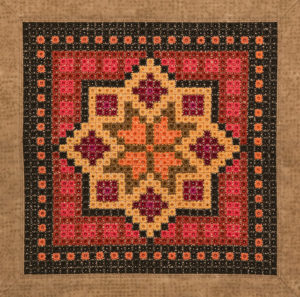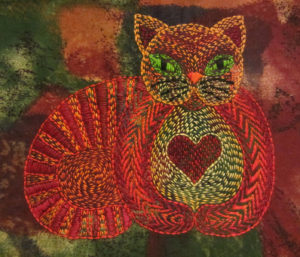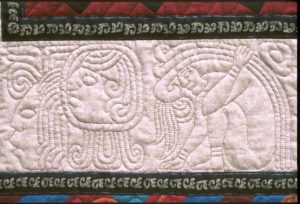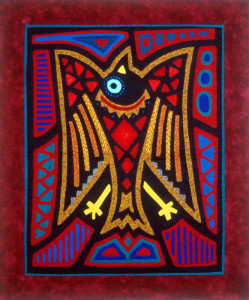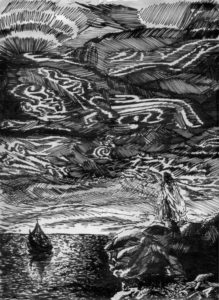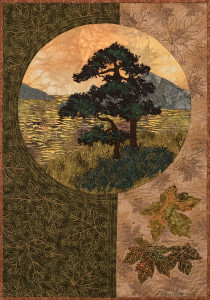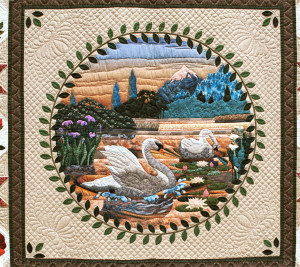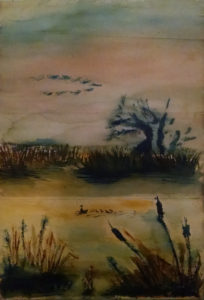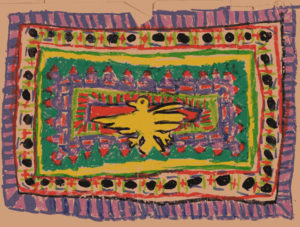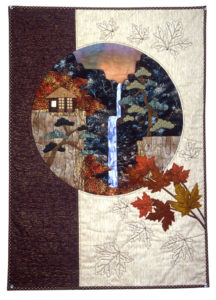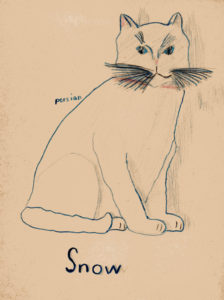Hello to all this fine (albeit gray and rainy) morning. Today I am going to climb up onto a pulpit and give you some advice.
Have you hugged you local quilt shop lately? I was just teaching at one of my local shops yesterday and got into a conversation with the owner – she is very alarmed at the drop in business since January, and she isn’t the only one. I have been hearing echoes of this unease from every shop I teach for and seeing the number of shops and other quilt related businesses (like fabric manufacturers) that are going out of business has me anxious as well; after all – this is how I make my living and I am dependent on quilt shops and you quilters to do so.
I know we are all alarmed (at least most of us with a brain) despite the rosy economic forecast of the current government. I also know we are all dealing with STABLE (Stash Accumulation Beyond Life Expectancy) and UFOs, but ladies and gentlemen – do you want our only quilting supply options to be a JoAnn’s or WalMart? If you don’t frequent and support your local quilt shop that is exactly what we will end up with.
Years ago, a friend of mine went back East to visit family and was looking forward to exploring the local quilt shops only to find – THERE WERE NONE! Asking around, she was finally told that there used to be a nice little quilt shop – that was put out of business by WalMart. Come on folks – who would want to make a quilt out of Walmart fabric? I’ve spoken to fabric manufacturers, I KNOW what kind of quality they make for the mass merchants. Yes, it’s CHEAP but you get what you pay for.
This too could be your future if you don’t mobilize and take action. What can you do?
- Do an inventory of your quilting supplies – surely you could use some thread, rotary blades or sewing machine needles (we don’t change them frequently enough). Check your rulers – are the marks wearing off? Maybe it’s time for a new one.
- Browse the quilting books at a shop and buy a book; not only will that help support the shop but you may discover a new technique or tool you just have to have.
- Go through your stash and use some of the older fabric to make some charity quilts then replace that with NEW fabric. I’m sure you have lots of fabric that you wonder what on earth you were thinking of when you bought it – I know I do. Revitalize your stash with some new inspirations.
- Take a class – a class is a great way to discover a new passion, a new project or simply use up some of your fabric so you can BUY MORE! I would be thrilled to see you in one of my classes.
- Introduce a non-quilting friend to the joys of quilting; especially a young person WITH NO STASH! We all know quilting is like a disease, an addiction that needs to be fed – go infect somebody!
- Get involved in a new fabric specific project – like Quilts of Valor and go buy the appropriate materials for that project.
- Last but not least – go visit your local quilt shop and tell them the you love them – buy something – ANYTHING. Your local shop need to know that you care whether or not they survive, if you don’t you may have to make your next quilt out of cheap fabrics from WalMart.
Yes, I know we all want to use what we have but healthy quilting is like having a healthy body – you need to feed it with wholesome good quality high fiber fuel on a regular basis and cycle through the old to keep the quilting digestive tract moving.
